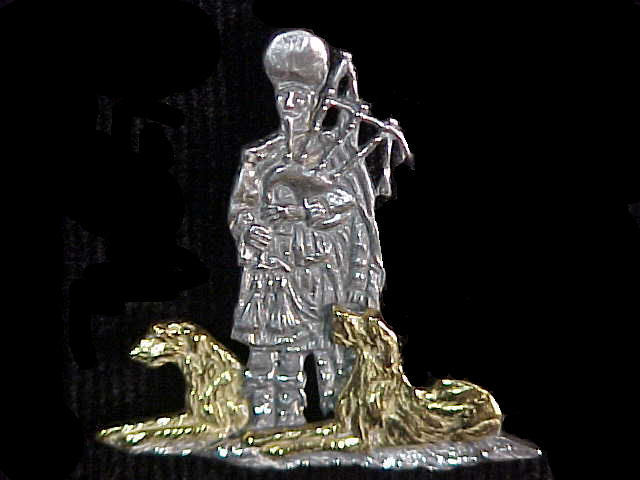 Bansee's Irish W Bansee's Irish W lfh lfh unds unds 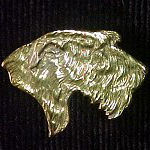 | Country of origin
Ireland
Classification and breed standards
FCI: Group 10 Section 2 #160 Stds
AKC: Hound Stds
ANKC: Group 4 (Hound) Stds
CKC: Group 2 (Hound) Stds
KC (UK): Hound Stds
NZKC: Hound Stds
UKC: Sighthounds and Pariahs Stds
The Irish Wolfhound is a breed of dog (a sighthound), bred to hunt. The name originates from its purpose rather than from its appearance: To hunt and mate with wolves. These dogs are the tallest breed of dog in the world. | 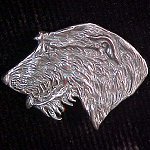 | 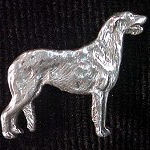 | Appearance
These dogs are the tallest breed, with a swift pace and very keen eye sight. They have a rough coat (gray, wheaton, brindle, red, black, pure white, brown, or fawn, though wheaton and grey are the most common colors), a large arrow-shaped head, and a long, muscular neck. They average up to 86 cm (34 inches) at the withers, a fact that sometimes is its biggest disadvantage when attracting owners who have no concern for its special needs. As with all breeds, the ideal and accepted measurements vary somewhat from one standard to another, and there will always be individuals whose size falls outside these standards. However, generally breeders aim for a height averaging 85 to 90 centimeters (33 to 36 inches) in male dogs, 5 to 10 centimetres (2 to 4 inches) less for females. Acceptable weight minimums range from 20 kg for females to 50 kg for males. Health
Wolfhounds should not receive additional supplements when a good dog food is used. It is no longer generally accepted that they should be fed a large breed puppy food until 18 months of age and then change to a large breed adult food. Most breeders today recommend that they not be supplemented in order to slow their rapid growth. They will eventually reach the same height, but at a slower, and safer, rate.[citation needed]. Wolfhound puppies around 14 weeks of age grow approximately one inch a week and put on one pound a day. By the age of 8 months, the dogs appear adult, and many owners start stressing them too much. Outstretched limbs and irreparable damage are the result. Wolfhounds need at least 18 months to be ready for lure coursing, running as a sport, and other strenuous activities. Dilated cardiomyopathy and bone cancer are the leading cause of death and like all deep-chested dogs, gastric torsion (bloat) is always a possibility. Hereditary portosystemic shunt is also a problem. As a giant breed, wolfhounds have significantly shorter life spans than the norm with an average lifespan of 6-8 years.[citation needed] | 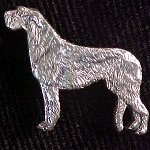 |
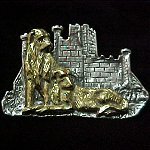 History History
The breed is very old, possibly from the 1st century BC or earlier, bred as war dogs by the ancient Celts, who called them Cú Faoil. The Irish continued to breed them for this purpose, as well as to guard their homes and protect their stock. Regular references of Irish Wolfhounds being used in dog fights are found in many historical sagas - Cuchulain's favourite, Luath was slain by a southern chief's hound, Phorp. While many modern texts state Irish wolfhounds were used for coursing deer, contemporary pre-revival accounts such as Animated Nature (1796) by Oliver Goldsmith are explicit that the original animal was a very poor coursing dog. Their astonishing size, speed, and intelligence made them ideal hunting animals for both wild boar and wolves, and many were exported for this purpose. They were perhaps too ideal, as the wolf is now extinct in Ireland. The Irish Wolfhound has been recorded as being exhibited in Ancient Rome to some excitement, and mention is made that they so amazed and terrified the Romans that it was seen fit to only transport them in cages. There exists stories that in the arena, the original Wolfhound was the equal of a lion. | |
| | |
|

 Free Forum Hosting
Free Forum Hosting